JOIN the AFICIONADOS
To receive our world of travel and style delivered straight to your inbox.
There’s a buzz threading its way through the peaks and valleys of Switzerland’s Graubünden – also known in English as Grisons – an elevated cultural hum that’s been quietly building over the last decade. Known for high-altitude haunts and ski-chic, the Engadin Valley – and its broader Graubünden / Grisons context – has unexpectedly become a gravitational pull for some of the world’s most prestigious gallerists, avant-garde artists and culture-savvy travellers.
Forget the clichés of chocolate-box Alpine views (though they’re here in spades) – this is a region where the white cube gallery has collided with white-powder pistes, and where the cultural altitude is every bit as heady as the scenery.
The region has always attracted thinkers and creatives. Nietzsche wrote from Sils, Segantini painted the light, and the Giacomettis – led by the existential maestro Alberto – gave the valley an artistic pulse that still resonates in places like Stampa. But this isn’t just about legacy. Today, Graubünden is a place where progressive collectors, curators and artists come to breathe – quite literally – and create something new.
What started in the 1960s with a few bold gallery openings has exploded into a full-blown Alpine art constellation. Whether it’s radical installations inside converted barns or feminist discourse inside former monasteries, this is Switzerland stripped of neutrality and recharged with intention.
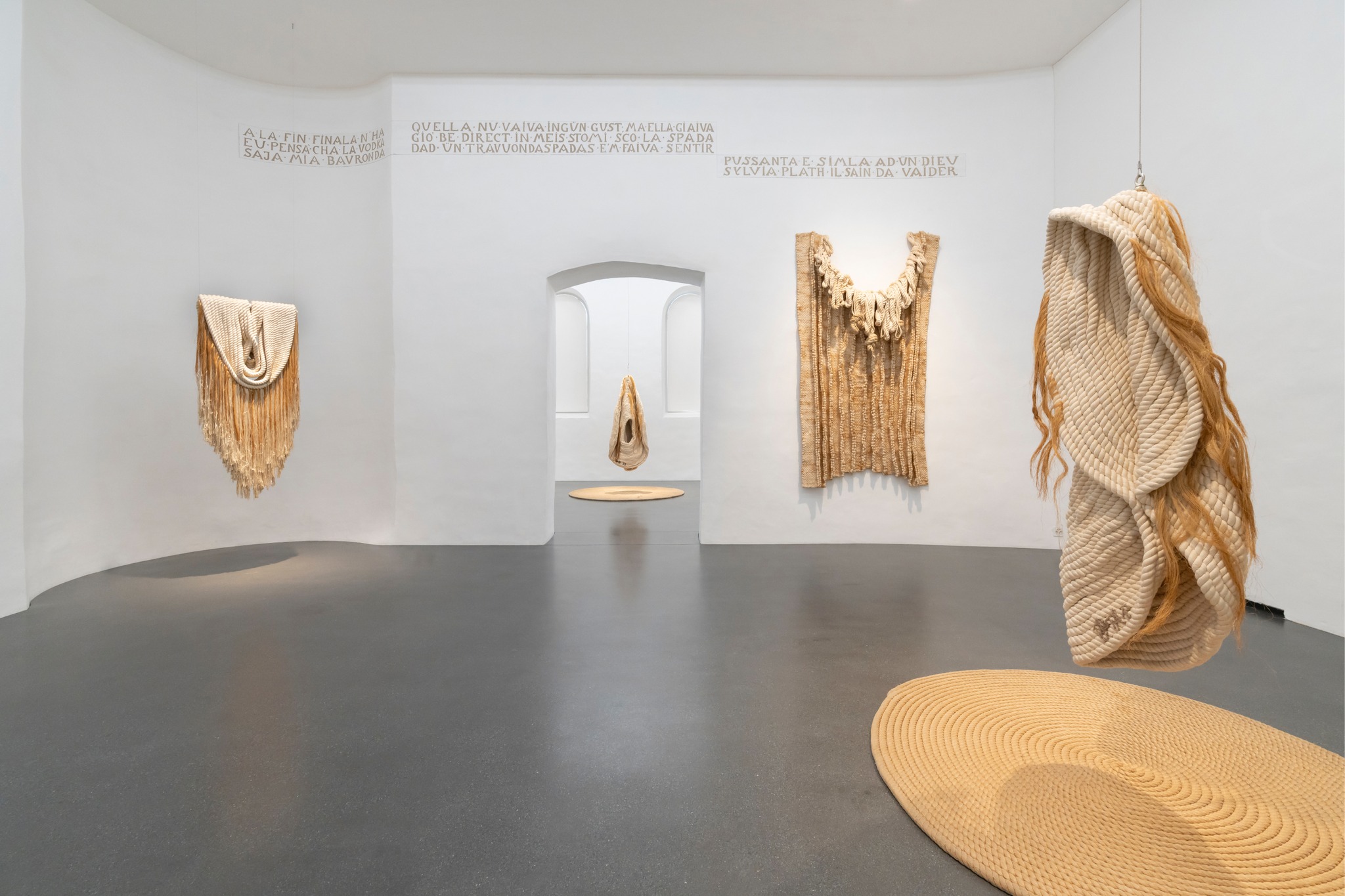
If there’s a cultural totem in this scene, it’s Muzeum Susch. Housed in a 12th-century former monastery, this remarkable space blends contemporary art with the elemental force of the mountain itself. It’s a deeply immersive site – part gallery, part pilgrimage – that champions experimental, often female voices in contemporary art. Think rough stone walls, curving tunnels and installations that respond to gravity, shadow and silence. The fact that it exists in a tiny village of 200 people only adds to the mystique.
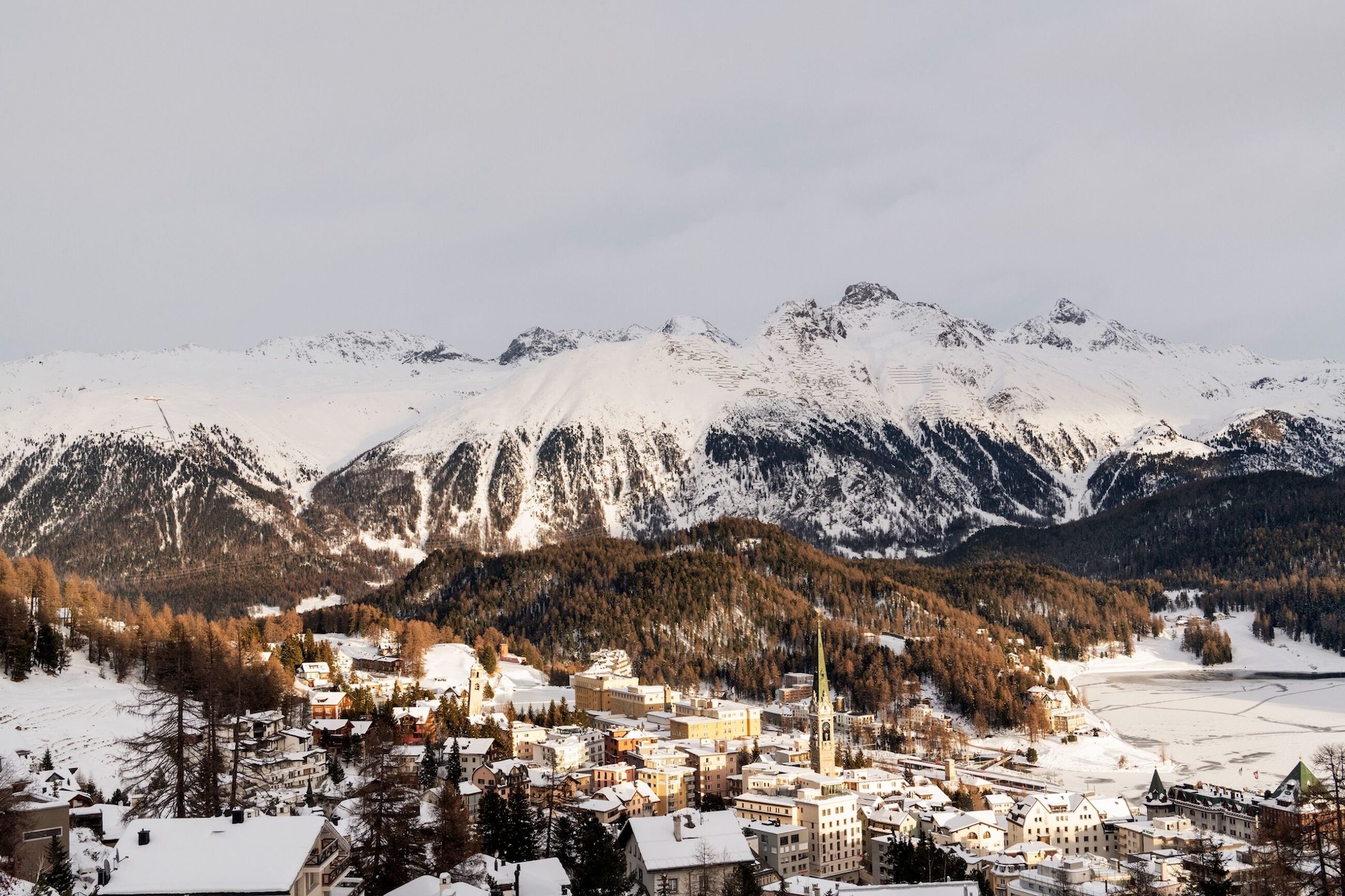
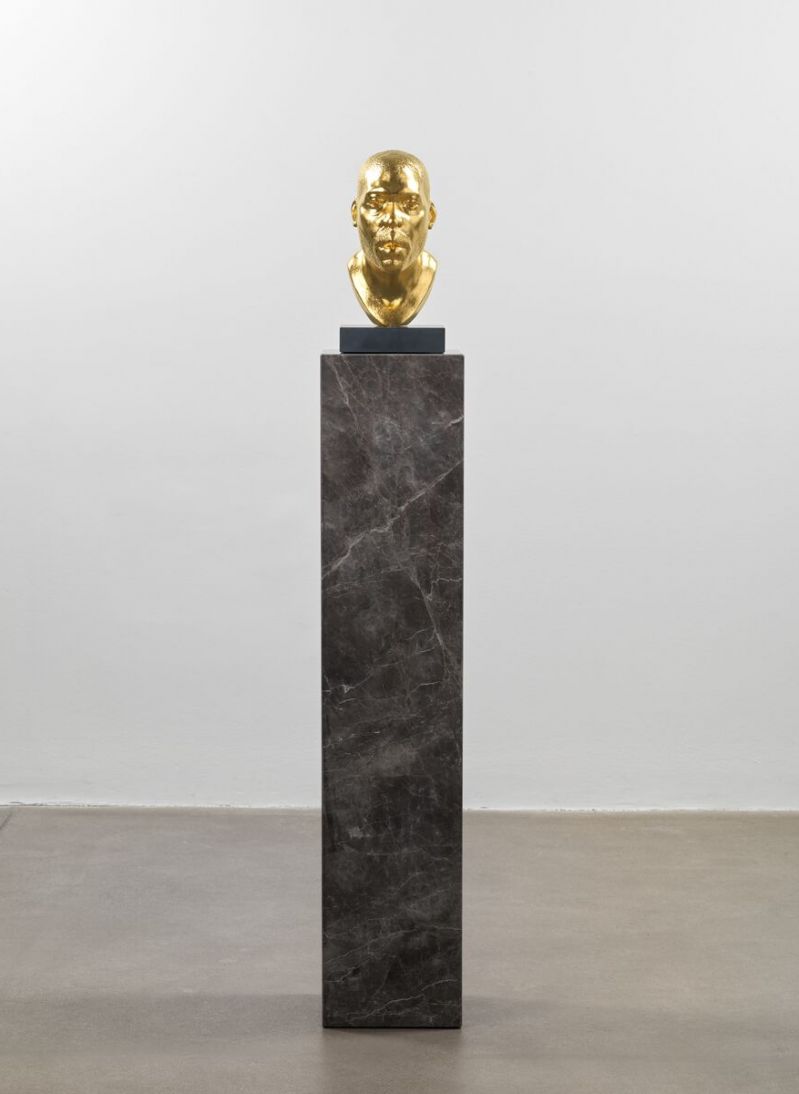
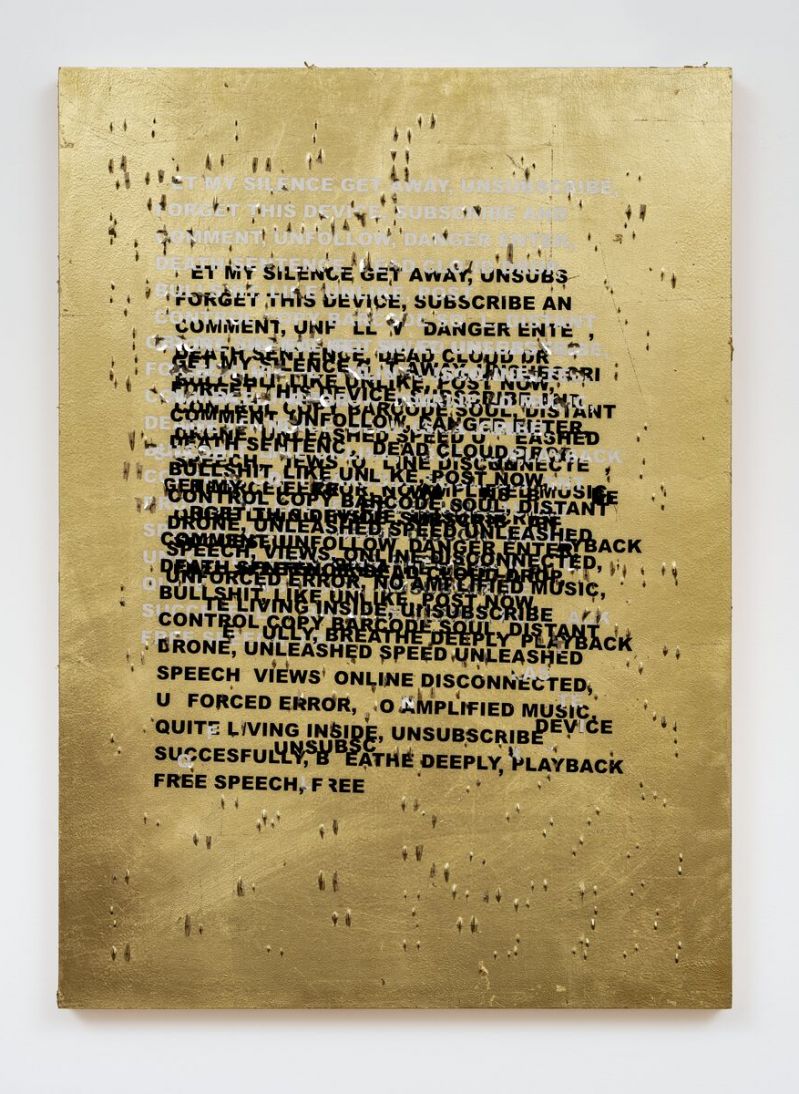
The mega-gallery opened its St. Moritz outpost in 2018, dropping heavyweight names like Cindy Sherman and Louise Bourgeois into the Alpine mix. Set within a historic building remodelled by Luis Laplace, Hauser & Wirth brings international clout with a distinctly local rhythm – hosting seasonal exhibitions that echo the cadence of the valley itself.
This isn’t just transplant culture – it’s embedded, tuned to the altitude and the pace of a place where time slows down and the light does something strange and beautiful to everything it touches.
Just beyond the Engadin, the Centro Giacometti anchors the Alpine village of Stampa with raw creative gravity. This is where Alberto Giacometti’s legacy lives – in his original studio, still intact, and in the quiet intensity of a place that shaped his existential vision. For those chasing culture beyond the obvious, this is where the stillness speaks volumes.
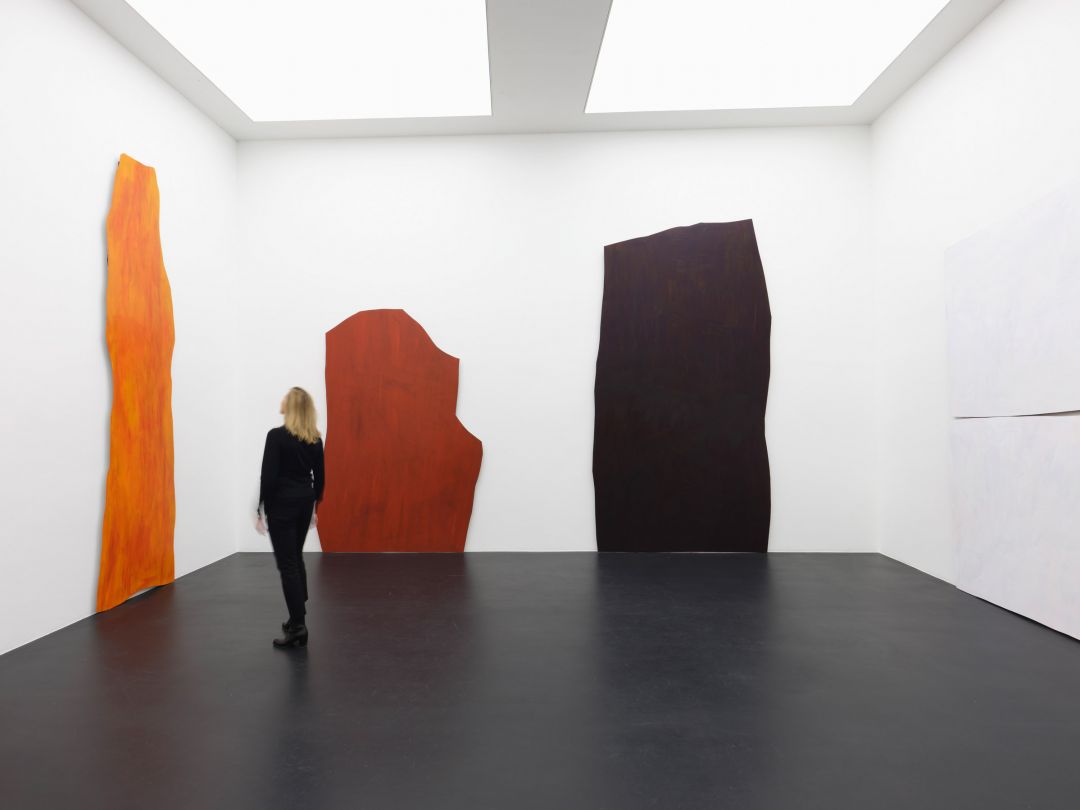
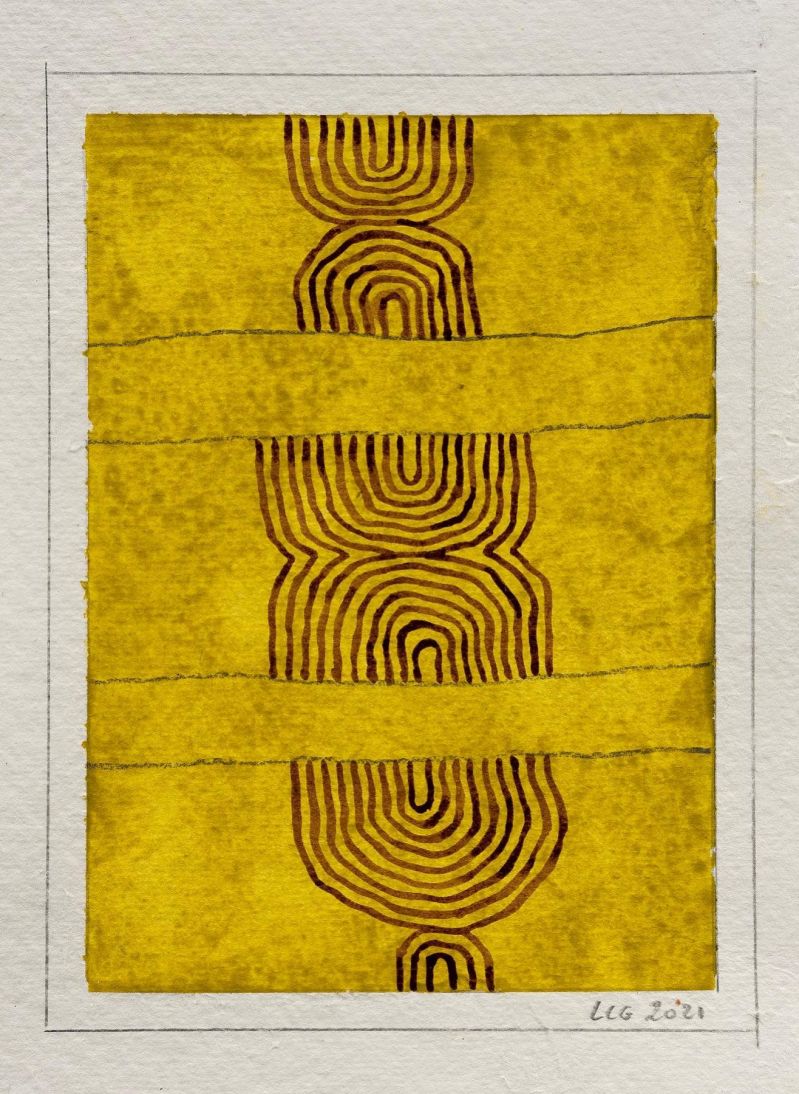
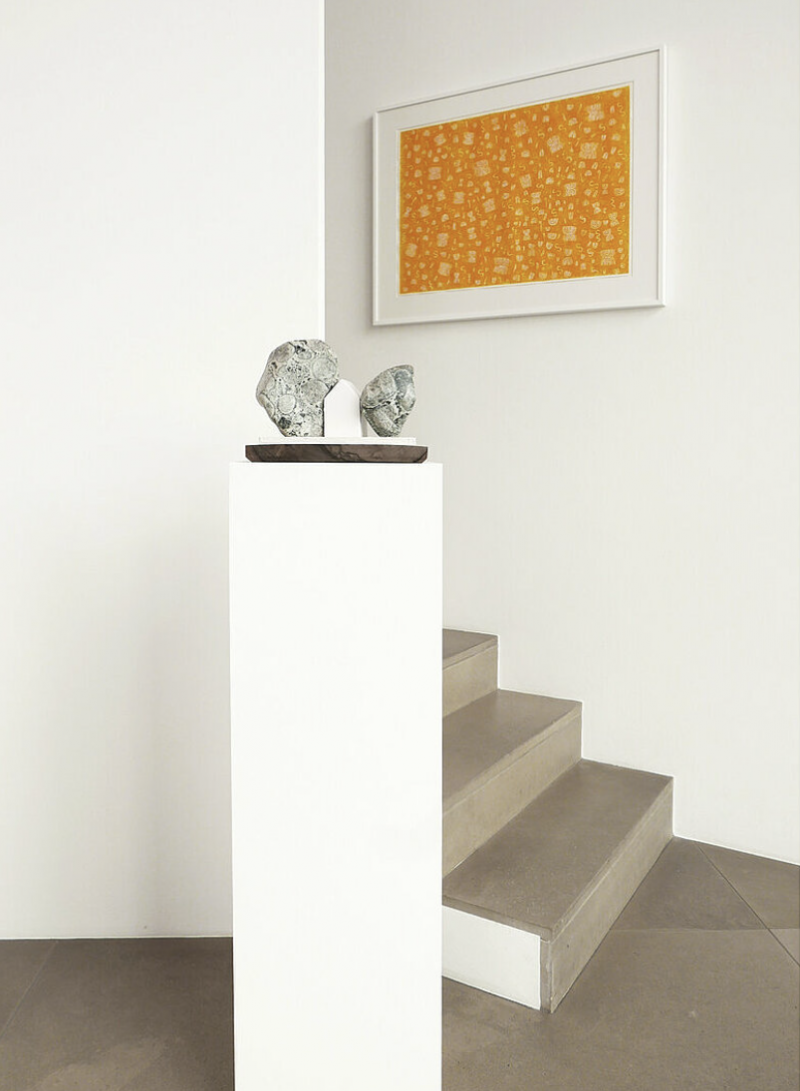
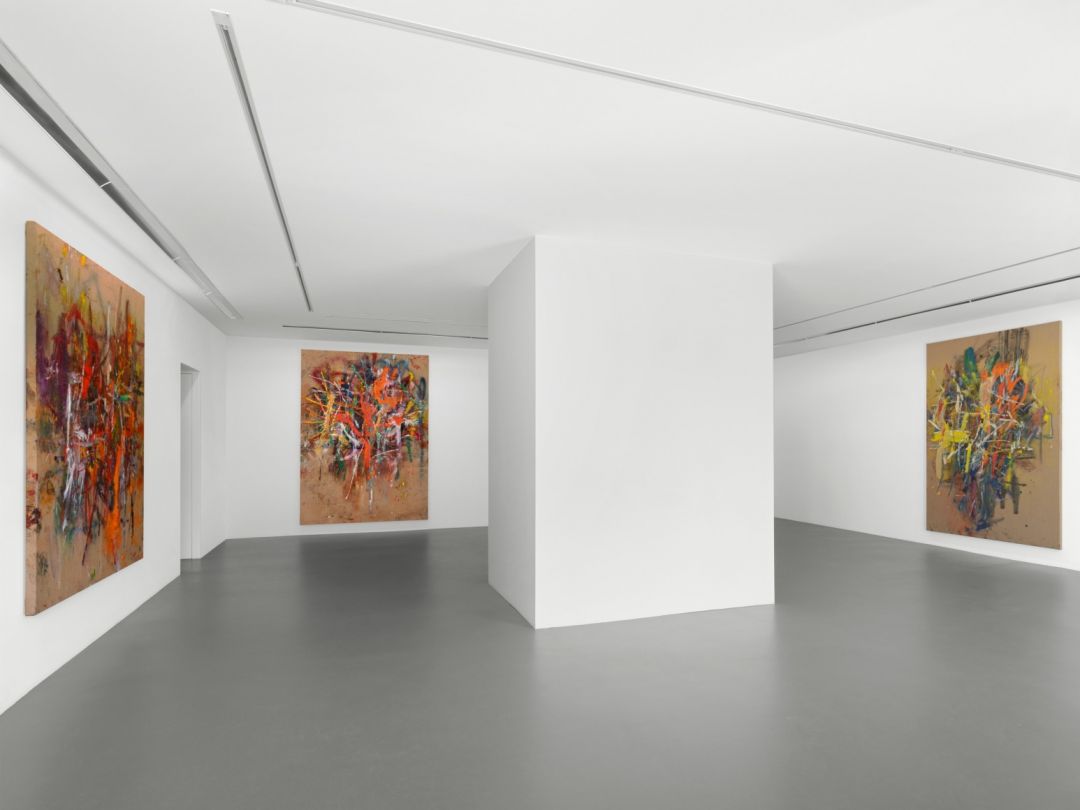
Graubünden’s art map is a thrilling patchwork – each space wildly distinct in its approach:
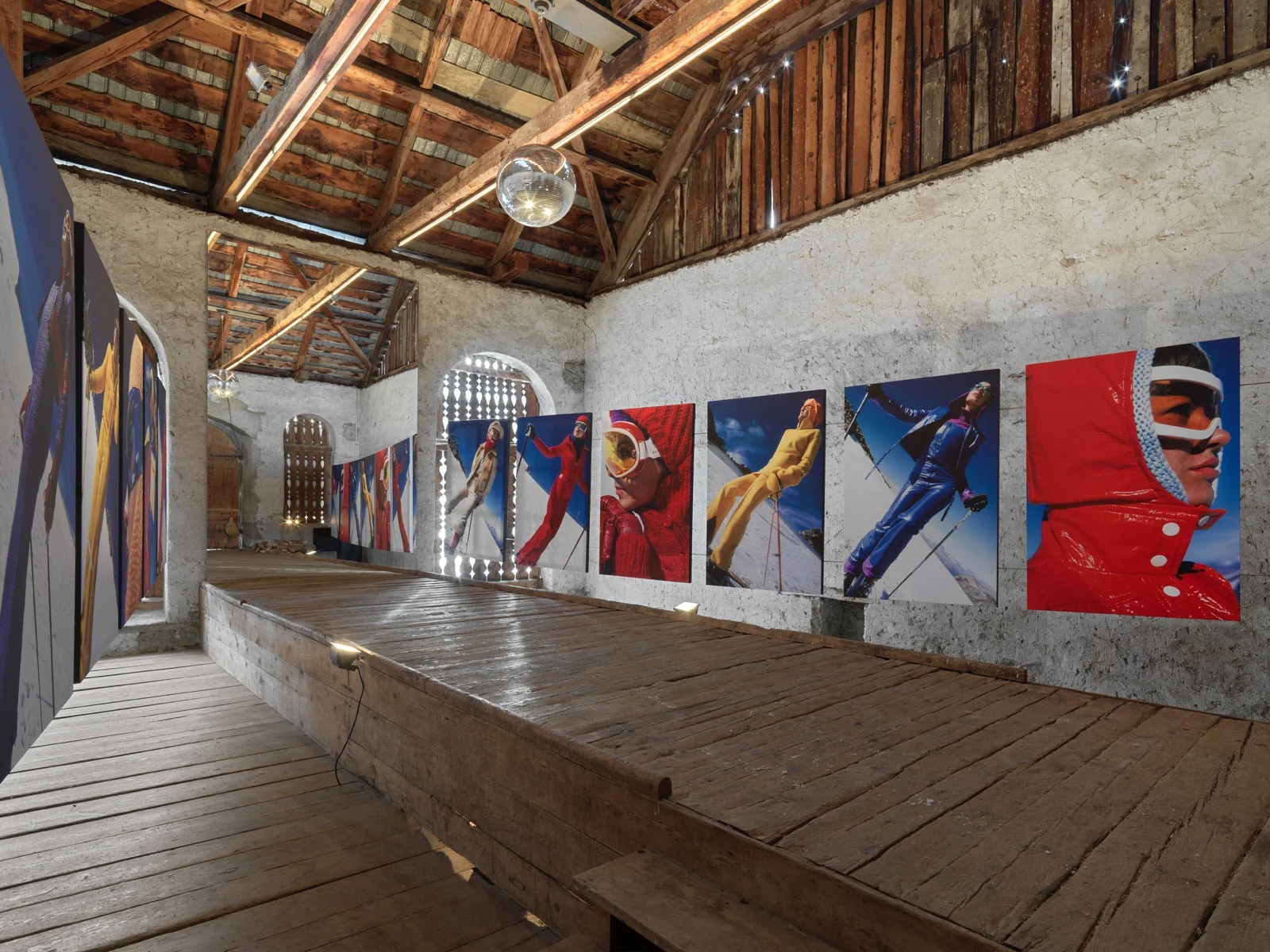
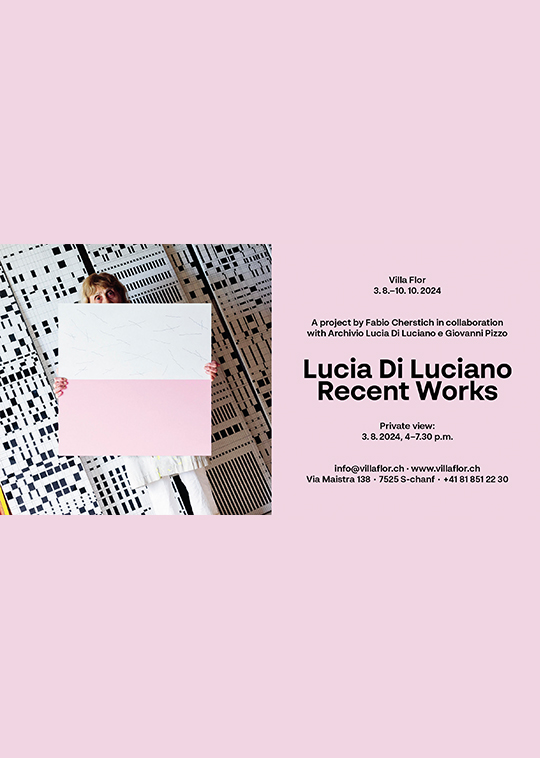
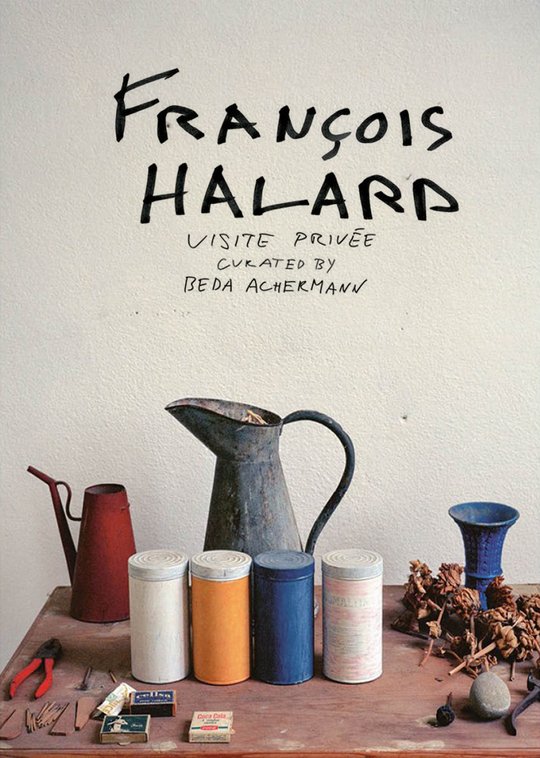
Away from the headlines, smaller spaces like Stalla Madulain keep things rooted and real. This 15th-century barn hosts exhibitions by Swiss-born artists like Chrissy Angliker and Robertson Käppeli – their work pulling the might of the mountains onto canvas. It’s raw, powerful, and unpolished in the best possible way.
Then there’s Villa Flor, a boho-luxe guesthouse in S-chanf that doubles as a rolling gallery space. Artists don’t just hang their work here – they stay, dream, and let the landscape do its work. It’s a place of cross-pollination, where Alpine air meets creative spark.
Annual events like Engadin Art Talks (E.A.T.) and Nomad St. Moritz bring an international crowd – not just for skiing, but for swapping ideas, provoking thought and expanding the concept of what an art destination can be. These aren’t just art fairs – they’re art conversations, set against dramatic snow-dusted skylines.
There’s something magnetic about the juxtaposition of high-art and high-altitude. The remoteness of the Engadin doesn’t isolate – it distils. There’s no urban rush, no curated cool – just raw environment and bold culture. Art here is slower, deeper, more elemental. It makes space for ideas to grow.
Graubünden, and the Engadin within it, has become a sanctuary for those seeking more than just another gallery hop. It’s for the seekers, the wanderers, the collectors of feeling as much as form.